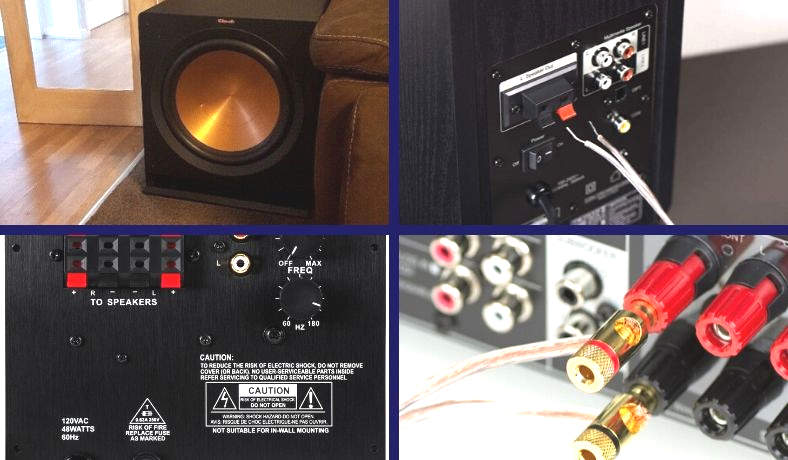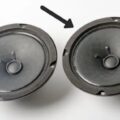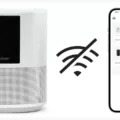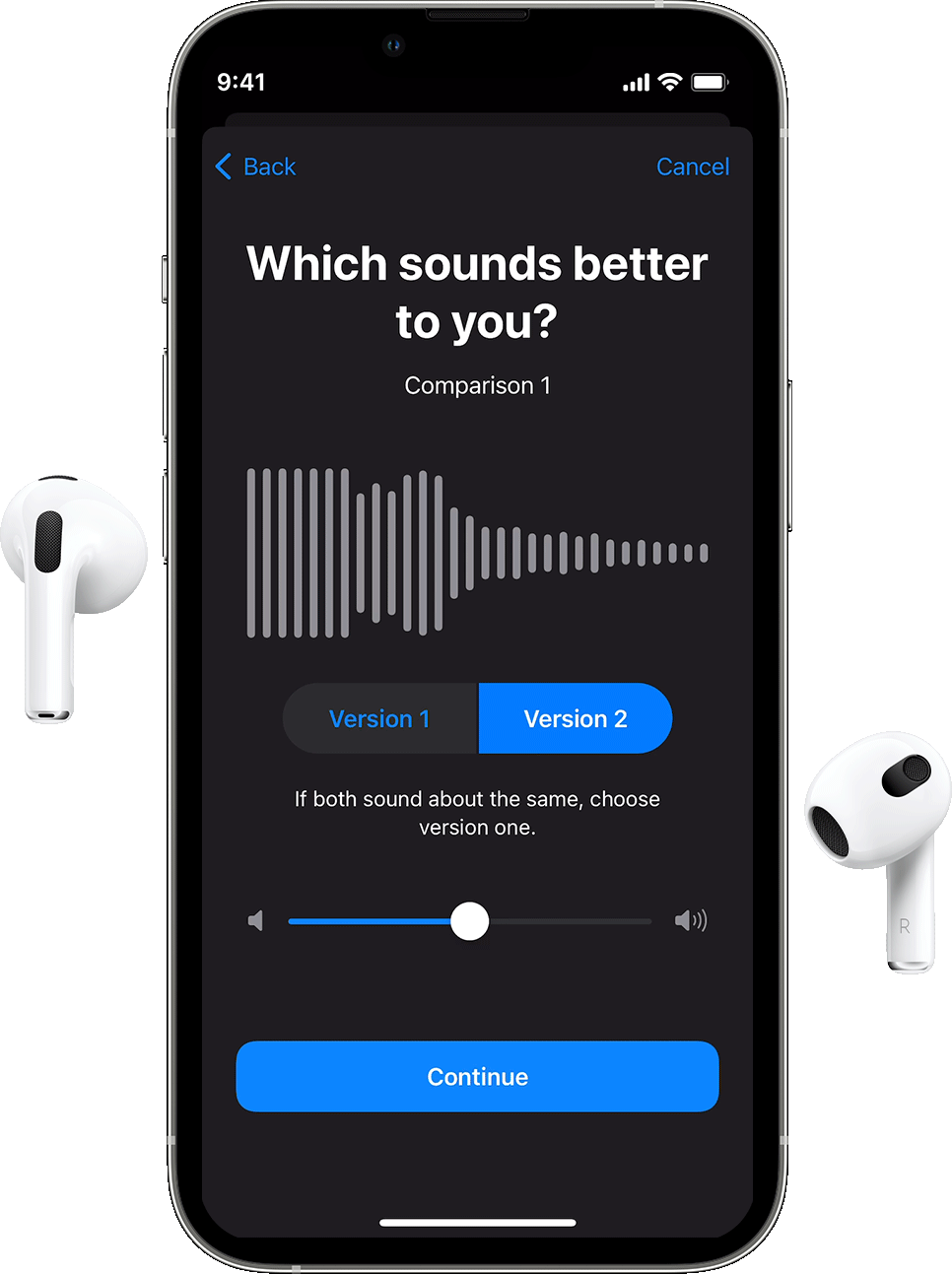A subwoofer is a vital component of any home theater or audio setup. It is responsible for producing low-frequency sounds that add depth and power to music, movies, and other audio content. In order to get the most out of your subwoofer, it is important to connect it properly to your audio receiver.
The first step in connecting a subwoofer to a receiver is to locate the subwoofer output on the receiver. This may be labeled as SUB OUT or SUBWOOFER. If your receiver has this output, you can connect your subwoofer using an LFE cable. This type of cable is designed specifically for subwoofers and carries a low-frequency audio signal.
If your receiver does not have a dedicated subwoofer output, you can still connect your subwoofer using an RCA cable. Simply plug one end of the RCA cable into the subwoofer input on your subwoofer and the other end into a spare RCA output on your receiver.
If your subwoofer has spring clips instead of RCA or LFE inputs, you can still connect it to your receiver using a speaker wire. Simply connect the positive and negative terminals of the subwoofer to the corresponding terminals on the receiver.
In some cases, your receiver may not have a preamp output for a subwoofer. In this case, you can treat the subwoofer like another speaker and connect it to the receiver’s speaker terminals designated for the front left and right speakers. You would then connect the front left and right speakers to the subwoofer’s speaker-level terminals.
If you have a two-channel stereo amplifier receiver, you can connect a subwoofer using a set of speaker wires. Connect the positive and negative terminals of the right-side output of speaker B on the back of your amplifier to the positive and negative terminals of the right-side high-level input of your powered subwoofer.
Some subwoofers have left and right inputs. If your preamp has left and right outputs, use two RCA cables for these. The subwoofer combines the channels inside. If your preamp has left and right outputs but there’s only one on the sub, use a Y combiner adapter.
Connecting a subwoofer to a receiver is a simple process that can greatly enhance your audio experience. By following these steps, you can ensure that your subwoofer is properly connected and producing the best possible sound.
Connecting a Subwoofer to a Receiver
To hook up a subwoofer to a receiver, you need to follow a few simple steps. First, check if your receiver features a subwoofer output, which is labeled as SUB OUT or SUBWOOFER. If your receiver comes with this output, you can use an LFE cable to connect the subwoofer to the receiver.
If your receiver doesn’t have an LFE subwoofer output or LFE input, you can use an RCA cable to connect the subwoofer to the receiver. In this case, you need to check if the subwoofer has a dedicated RCA input. If yes, connect one end of the RCA cable to the subwoofer’s input and the other end to the receiver’s RCA output.
If your subwoofer comes with spring clips, you can use the speaker output of the receiver to hook it all up. To do this, connect the speaker wires from the receiver’s speaker output to the subwoofer’s spring clips. Make sure to connect the positive wire to the positive clip and the negative wire to the negative clip.
Here are the steps to hook up a subwoofer to a receiver:
1. Check if your receiver features a subwoofer output, labeled as SUB OUT or SUBWOOFER.
2. If your receiver has an LFE subwoofer output or LFE input, use an LFE cable to connect the subwoofer to the receiver.
3. If your receiver doesn’t have an LFE subwoofer output or LFE input, use an RCA cable to connect the subwoofer to the receiver.
4. If your subwoofer comes with spring clips, use the speaker output of the receiver to hook it all up.
By following these simple steps, you can easily hook up a subwoofer to your receiver and enjoy a high-quality audio experience.

Connecting a Subwoofer to a Receiver Without a Sub Output
If your receiver lacks a preamp output, you can still connect a subwoofer to it by treating the subwoofer like a regular speaker. To do this, you will need to use a speaker wire to connect the subwoofer to the receiver’s speaker terminals, which are typically designated for the front left and right speakers.
To connect the subwoofer in this way, you will first need to locate the speaker terminals on both the receiver and the subwoofer. The speaker terminals on the receiver are usually located on the back of the unit and may be labeled as “front left” and “front right.” On the subwoofer, the speaker terminals are typically located on the back of the unit and may be labeled as “speaker-level input” or something similar.
Once you have located the speaker terminals on both the receiver and the subwoofer, you can connect them using the speaker wire. Start by stripping a small amount of insulation from the end of the speaker wire, then insert the bare wire into the appropriate speaker terminal on the receiver. Tighten the terminal screw to secure the wire in place.
Next, take the other end of the speaker wire and strip a small amount of insulation from it as well. Insert the bare wire into the corresponding speaker-level input terminal on the subwoofer and tighten the screw to secure the wire in place.
Connect your front left and right speakers to the subwoofer’s speaker-level output terminals using more speaker wire. This will allow the subwoofer to act as a pass-through for the front speakers, ensuring that all sound is properly balanced and mixed.
In summary, to hook up a subwoofer to a receiver without a sub out, simply connect the subwoofer to the receiver’s speaker terminals using speaker wire, and then connect the front speakers to the subwoofer’s speaker-level output terminals.
Connecting a Subwoofer to a Stereo Amplifier
Connecting a subwoofer to a stereo amplifier involves a few simple steps. Here is a detailed guide on how to do it:
1. First, identify the output terminals on your amplifier. These are usually located on the back of the unit and labeled as “speaker outputs.”
2. Take a set of speaker wires and connect it from the positive and negative terminals of the right-side output of speaker B on the back of your amplifier to the positive and negative terminals of the right-side high-level input of your powered subwoofer.
3. Make sure the connections are secure and tight. Loose connections can cause distortion and poor sound quality.
4. Repeat the same process for the left side output of speaker A on your amplifier to the left side high-level input of your subwoofer.
5. If your amplifier has a dedicated subwoofer output, you can use a single RCA cable to connect the subwoofer to the amplifier. Simply plug one end of the cable into the subwoofer’s input and the other end into the amplifier’s subwoofer output.
6. Adjust the volume and crossover settings on your subwoofer according to your preference. The crossover controls the frequency range that the subwoofer will handle, while the volume controls the overall level of the subwoofer in relation to the rest of the system.
7. Turn on your amplifier and subwoofer and enjoy your newly connected system.
Connecting a subwoofer to a stereo amplifier involves connecting the speaker wires from the amplifier’s output terminals to the subwoofer’s high-level inputs or using an RCA cable if the amplifier has a dedicated subwoofer output. Make sure the connections are secure and adjust the settings according to your preference.
Hooking Up a Subwoofer to a 2 Channel Receiver
To hook up a subwoofer to a 2 channel receiver, you will need to follow these steps:
1. First, identify the subwoofer input on your subwoofer. This may be labeled as “sub in” or “LFE in.”
2. Next, locate the subwoofer output on your receiver. This may be labeled as “sub out” or “LFE out.”
3. Connect one end of an RCA cable to the subwoofer output on your receiver and the other end to the subwoofer input on your subwoofer.
4. If your subwoofer has left and right inputs and your receiver has left and right outputs, use two RCA cables to connect each channel to the corresponding input on the subwoofer.
5. If your receiver has left and right outputs but your subwoofer only has one input, you can use a Y combiner adapter to combine the channels into one output.
6. Once the connections have been made, turn on your receiver and subwoofer and adjust the volume and crossover settings to your liking.
It’s important to note that some receivers may not have a dedicated subwoofer output. In this case, you may need to use a speaker wire to an RCA converter to connect your subwoofer. Additionally, be sure to consult your receiver and subwoofer manuals for specific instructions and recommendations.
Conclusion
A subwoofer is a crucial component of any home theatre or audio system, as it provides deep and powerful bass frequencies that enhance the overall listening experience. Connecting a subwoofer to a receiver can be done in various ways, depending on the available inputs and outputs. It is essential to select the right cables and connections to ensure optimal sound quality and prevent any potential damage to the equipment. By following the recommended steps and using the appropriate cables, anyone can easily set up a subwoofer and enjoy the full range of audio frequencies in their favorite movies or music. Whether you are a casual listener or an audiophile, a subwoofer is a must-have component that can elevate the audio experience to a whole new level.








